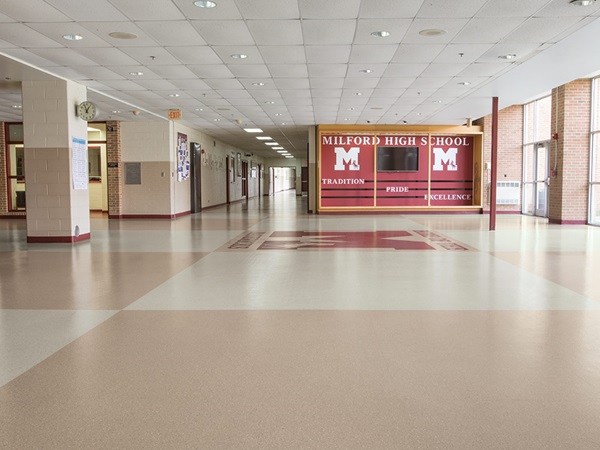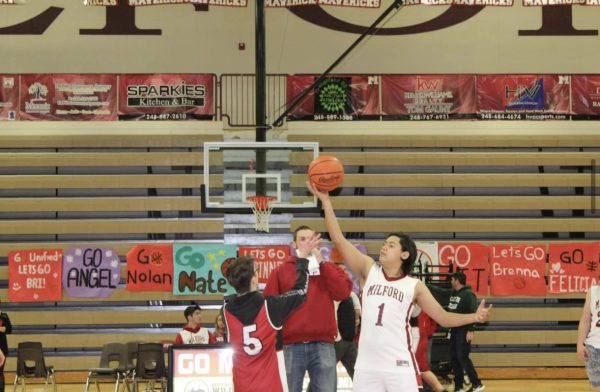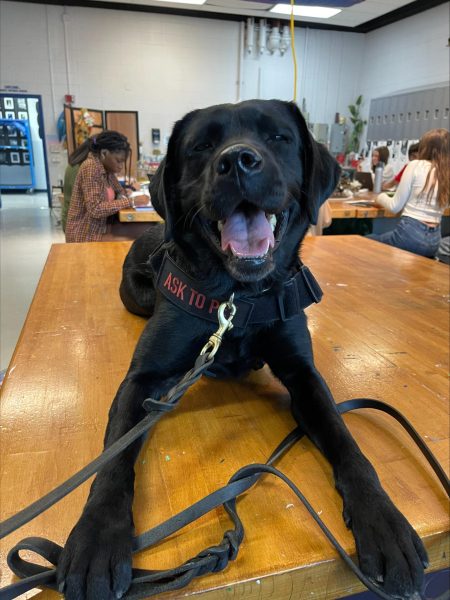Experts plan how to alter standard school safety protocols

May 4, 2020
It’s no secret that Covid-19 has uprooted our entire society, transitioning how people participate in everyday activities (or don’t). One of the most drastic changes earliest to occur based on the virus’ spread was school closures across the nation. Major districts in large metropolitan areas led the movement, bringing a cascade effect down to suburban and rural counties as conditions became more unsafe for children to receive in-person instruction.
Schools have changed their requirements to be achieved as enrichment and present rise to the forefront of a new educational reality. No changes are currently being planned at Milford High School for next year; administrators are planning on conditions being safe for fall classes to resume, but will adapt if necessary, as experts are thinking ahead to what academic life will look like for months to come.
Though the only two ways to ensure COVID-19 infection rates are kept at bay are to dramatically increase nationwide testing and secure an effective, safe vaccine, efforts must be made to solidify that students continue to be educated and prepared to enter the workforce.
“You’re making battle plans,” said Robert Hull, the president and chief executive of the National Association of State boards of Education, in an edweek.org article. “[Schools need] not just a plan A and Plan B, but [also a] Plan C and Plan D.” Discussions of where to begin tackling this endeavor have already begun across the country, particularly in states such as Idaho, Arkansas, and Mississippi. In states such as California and New York where the virus has hit the hardest, these discussions are paced for much farther in the future, but it is still a top priority. So, what will this return to semi-normalcy look like?
The most obvious modification in all public places–not just educational facilities–is to increase cleanliness and measures to promote health and hygiene. This could include wearing masks, mandated hand-washing and temperature checks, and enforced social distancing and sanitation for even the smallest children. PPEs, or personal protective equipment, would also be more readily available for anyone entering school buildings. Some school districts have even contemplated staggering schedules by alternating attendance days of the week or time slots each day, only allowing younger elementary students to attend in-person, and greatly decreasing class sizes to fewer than 12 students per room. “It’s better if that student’s been in contact with one group of 15 students versus 100 students,” Maria Litvinova, a researcher at the Institute for Scientific Interchange in Italy, stated in an NPR article.
Similarly to recreating weekly class schedules, some experts have recommended an extension to school calendars; this would require renegotiation of contracts by district and preparation for potential future closures, but could result in a less severe “summer slide,” or minimized academic retention in students that would benefit everyone involved; as explained in the same NPR article by James Lane, Virginia’s superintendent of public instruction, “This situation is going to be like what is often called the summer slide, but on steroids.” With additional time away from structured, enforced learning, students will now face even larger consequences to taking time off from rigorous school work.
Another question raised by families and administrations alike would be the fate of current attendance policies. Many concerned parents may be uncertain of the safety of sending their kids back to school without a vaccine ready, so most districts may accommodate this rational fear with a more lenient policy for the next school year.
More long-term modifications may include not allowing gatherings to occur on school premises (e.g. assemblies, sports games, gym classes and recess, parent-teacher conferences) to limit exposure among different age groups or masses of individuals. Buses and cafeteria environments also pose a major threat to the wellbeing of students at school; these services may be temporarily limited until widespread testing and immunizations occur, as contamination through either space would be far more likely than within less crowded spaces. Hybrid classes, a way of reinventing a course through virtual and in-person lessons, are another possible alternative at all levels. Some colleges, including Michigan State University and Wayne State University, have already announced they are looking into models like this in the fall.
The physical health of students and staff is not the only thing to consider upon re-entering schools, however; supplementary training and support for remote learning possibilities will be needed to aid teachers in continuing the education of their students, as well as available social and emotional help for kids in need. These services will need to be boosted before schools may reopen, as each individual has had different experiences with the virus thus far, and some may not be ready or prepared to return to “normal” after weeks of adapting to chaos.
In terms of revitalizing school systems across the globe, COVID-19 presents opportunities like never before. Educational leaders and administrations are being given the chance to remodel a system centered around test scores and uniformity to make a more inclusive, universal program for all learners. For as many challenges as the virus has and will continue to bring for America’s schools, uncertainty fuels not only fear, but also innovation. Having patience and finding ways to stay physically and mentally fit are the best ways to be goal-oriented and hopeful for a better future for everyone affected by this pandemic, so continue to stay focused on what can be gained from this experience!








